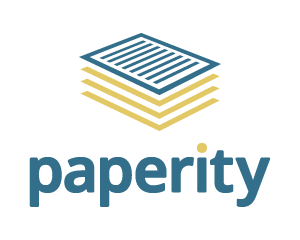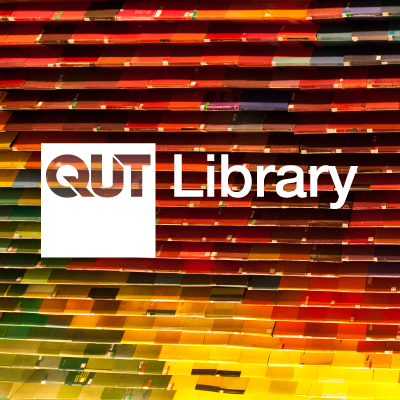From Coultas to Alcock and Beyond: Will Tort Law Fail Women?
Abstract
To begin with, this paper draws out the threads to the criticisms of law advanced by feminist theorists, focussing in particular upon arguments concerning the gendered nature of harms and injury. It then examines one particular area of tort law, that of nervous shock, in order to ask the question 'does tort law fail women'. An historical overview of cases reveals that a subtle moral scrutiny initially informed the legal outcome. However, step by step, the law has moved to recompense women, particularly mothers, and to recognise their suffering consequential upon harm to immediate family members.
Published
Oct 30, 1995
How to Cite
HOCKING, Barbara; SMITH, Alison.
From Coultas to Alcock and Beyond: Will Tort Law Fail Women?.
QUT Law Review, [S.l.], v. 11, p. 120-156, oct. 1995.
ISSN 2201-7275.
Available at: <https://lr.law.qut.edu.au/article/view/396>. Date accessed: 01 feb. 2021.
doi: https://doi.org/10.5204/qutlr.v11i0.396.
Section
Articles - General Issue
Since 2015-12-04
Abstract Views
1550
PDF Views
2131
Until 2015-12-04:
Abstract Views
609
PDF Views
1638
Authors who publish with this journal retain copyright and grant the journal right of first publication with the work simultaneously licensed under a Creative Commons Attribution License (CC-BY) that allows others to share the work with an acknowledgement of the work's authorship and initial publication in this journal.
Articles in this journal are published under the Creative Commons Attribution Licence (CC-BY). This is to achieve more legal certainty about what readers can do with published articles, and thus a wider dissemination and archiving, which in turn makes publishing with this journal more valuable for authors.






